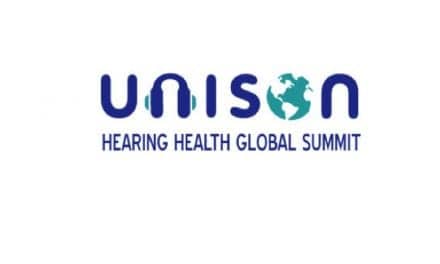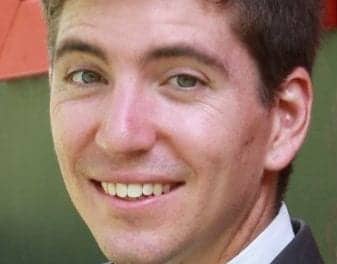
The software includes evaluation for CPT-92625 and automatically generates a report and letter of medical necessity for the physician and insurance company. With four evaluations a day, health care professionals can generate up to $52,000 per year, according to the statement.
David W. Holmes, PhD, president and CEO of Melmedtronics, said he developed the Tinnitus Evaluation Software Program (TEP), to help audiologists, ENT’s, and hearing instrument specialists :
- meet the criteria for CPT Code 92625
- gather insurance information for billing
- collect patient demographic information
- obtain historical information that may provide evidence of causation
- review medications that might contribute to tinnitus
- review medical conditions that may be responsible for tinnitus
- evaluate for depression
- evaluate for anxiety, and
- quantify the extent of handicap caused by tinnitus
“This new software program allows us to evaluate patients who in the past might have been told ‘there’s nothing I can do for you,’ ” said Holmes in the statement.
Holmes said further that a provider sits at a computer with the evaluation software and asks the patient questions. There are several versions of the software to accommodate the needs of the provider. "At the end of the evaluation, a report is automatically generated for the medical record and if treatment is recommended, a letter of medical necessity can also be automatically generated," he said in the statement.
Holmes said estimates show that nearly one out of six individuals have some form of tinnitus, which translates to approximately 45 million individuals in the United States.
Anecdotal reports from Holmes’ patients indicate that most physicians tell their patients they “must learn to live with their tinnitus, because there is nothing they can do to help them,” he said.
In 2006, a CPT code (92625) was assigned for the assessment of tinnitus (AMA, 2009), says Holmes, noting that there are three criteria that must be measured and met, including:
- frequency of the tinnitus
- intensity of the tinnitus, and
- the level at which you can mask the tinnitus
“The goal is to gather as much information as needed to complete the evaluation, make a diagnosis, recommend treatment, record the results in the medical record, and provide information to the patient’s insurance for reimbursement in the most efficient way possible,” Holmes said in the statement.
He has developed four versions of the software. A research version is the most comprehensive and time intensive for a patient, with an approximate completion time of 30 to 40 minutes. There are three other versions (clinical, express, and super express) varying in the time it takes to complete, with the shortest time frame taking about 8 to 12 minutes, said the statement.
“It was anticipated that each clinical setting may have a variety of needs and time constraints,” said Holmes. “Therefore, the clinic could have all four versions available and choose the one that gives the amount of information deemed necessary for that particular patient.”
The software program collects patient demographics, insurance information, clinical history, health conditions, medications, Tinnitus Handicap Inventory, Beck Depression Inventory – II, Beck Anxiety Inventory, identification of type of tinnitus (noise, tone, or both), characterization of frequency, intensity, and masking level of patient’s tinnitus.
Holmes said that the most time-saving element of the program is its automatic generation of a report and letter of medical necessity. The clinician only has to enter their letterhead information, clinic name, title, and credentials one time—their clinic information will then self populate on subsequent evaluations, according to the statement.
“All of the information in the report is based on the responses recorded during the evaluation,” said Holmes. “This saves time, because there is no additional information needing to be dictated, typed, or written up. Once the file has been saved, the clinician can print the report, place it in the chart, and send a copy to the referring physician.”
Holmes also has a patent pending for The Inhibitor, an FDA-approved ultrasonic tinnitus treatment device.
[Source: Melmedtronics]




